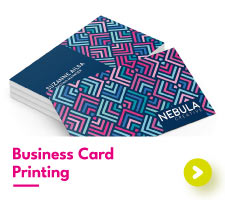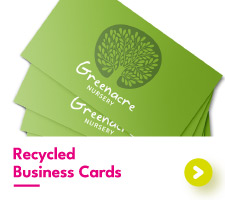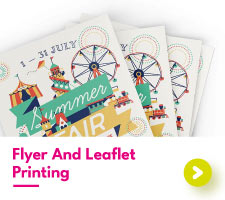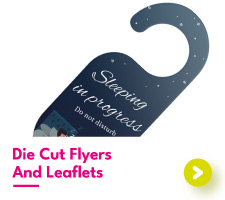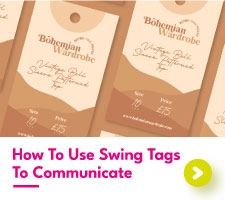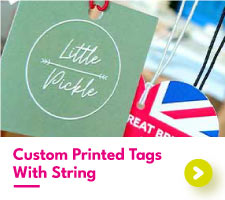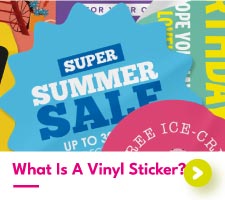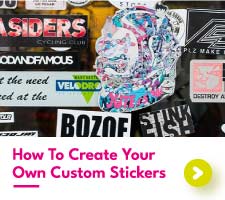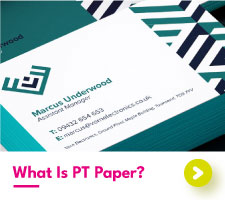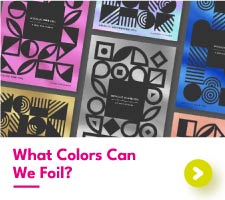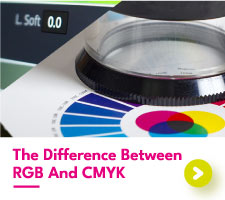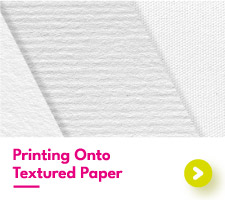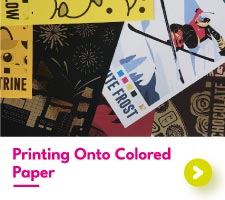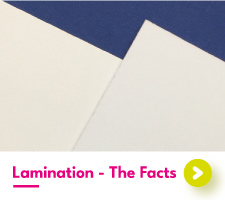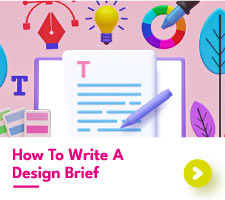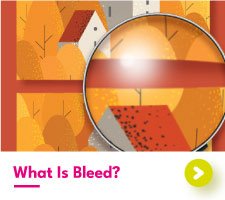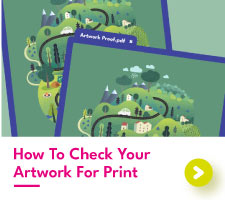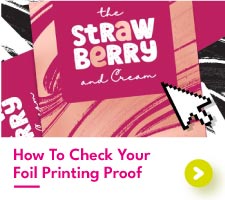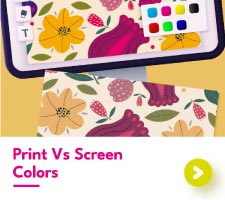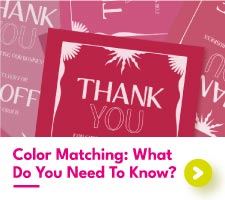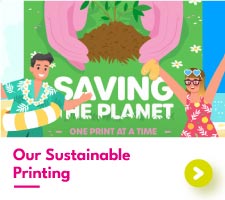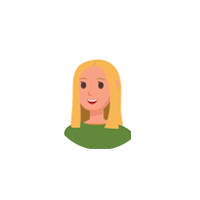Explaining Our Folded Print Layouts
Explaining Our Folded Print Layouts
In the never-ending mission to expand our printing possibilities, we’ve shone the spotlight onto our folded flyers and decided to give them an update.
No more are the days of being restricted to one foil color or laminate type per set of flyers. Instead, we’ve broadened the horizons and added even more exciting finishes for you to choose from, including our brand-new gold and silver inks.
With this change, we’ve had to make some small updates to the way folded flyers are ordered through our site. To make life easier, and to help get the best print results for your own folded flyers, we’re going to take you on a tour around our complete folded flyer selection. From the simple half fold to our 8 page zig zag, this guide contains everything you’ll need to know, all under one roof.
Side A And Side B: Which Side Is Which?
Expanding our printing options has meant that we need a quick way to identify which side of a flyer a laminate type or special finish will be applied to. After much deliberation, we’ve gone with Side A and Side B as a way to differentiate these two sides.
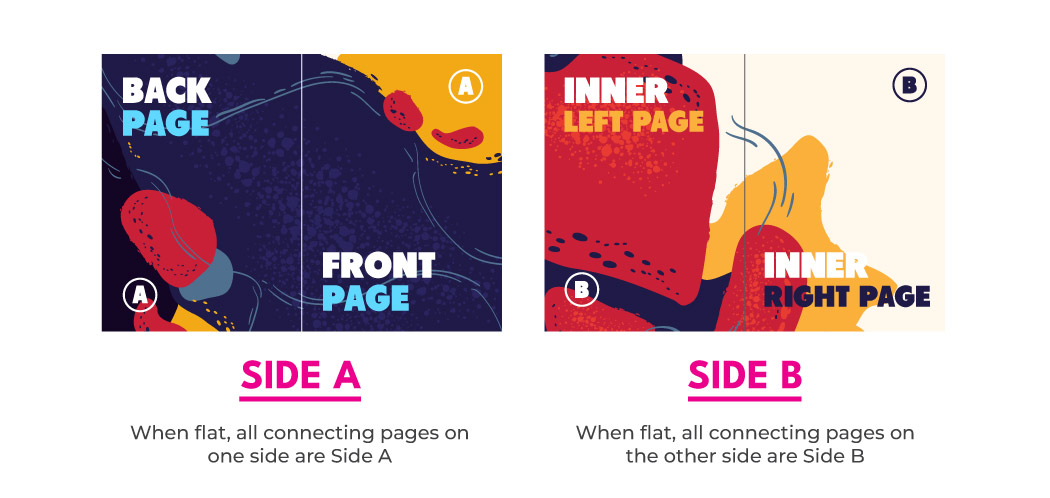
Before going over our complete fold range, it’s important to know that Side A and Side B do not change for each fold type, that is, when the flyer is completely unfolded. When unfolded and flattened out, Side A will always be the front and Side B will always be the reverse.
Sounds confusing? Hopefully things should become a lot clearer after reading through this post.
The Humble Half Fold
Our most popular, and the first fold type we’re going to cover, is the half fold. As the name suggests, half folded flyers fold in half along a single crease line. Other than only having one crease line, here are some other properties found with a half fold flyer:
• Once folded, all 4 pages have the same dimensions.
• Landscape, portrait, and square available.
• One crease line down the center.
• Commonly used for greeting cards and informative leaflets.
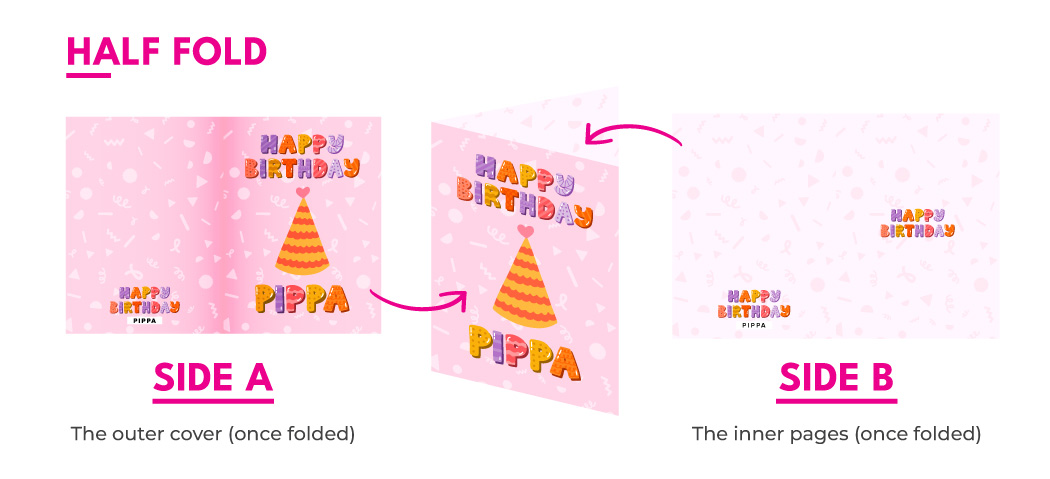
Knowing which is Side A and which is Side B with a half fold flyer is pretty straight forward. The outer cover, i.e. the print showing on the outside once the flyer is folded, is Side A. That leaves the inner pages to be side B.
Open Up With A Zig Zag Fold
Next up is our zig zag folded flyer. The zig zag, otherwise known as the Z fold, folds left-right-left in on itself. This type of fold opens up in a similar style to an accordion, looking almost like a letter Z from the side, hence the name Z fold. Here are some other features of the zig zag fold:
• Once folded, all pages have the same dimensions.
• Available in 6 pages and 8 pages.
• Landscape and portrait available.
• Two crease lines for the 6 page and three crease lines for the 8 page.
• Commonly used for promotional offers with tear-away deals.
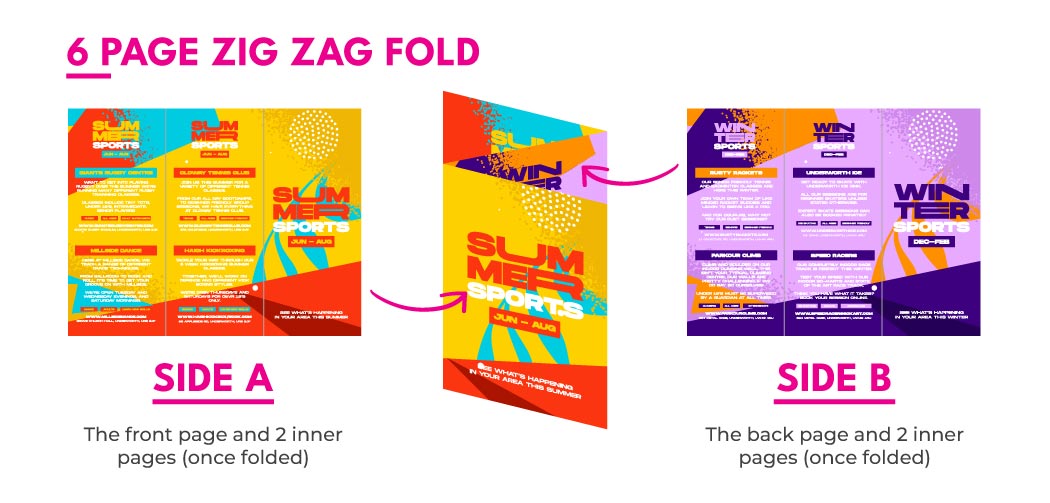
With the 6 page zig zag, Side A includes the front page and two of the inner pages. Side B therefore includes the back page and the remaining two inner pages.
Looking to get a 6 page zig zag with different finishing options on Side A and Side B? Remember that Side A is visible on the front cover and Side B is visible on the back cover - both finishing options will show on the outside once the flyer is folded.
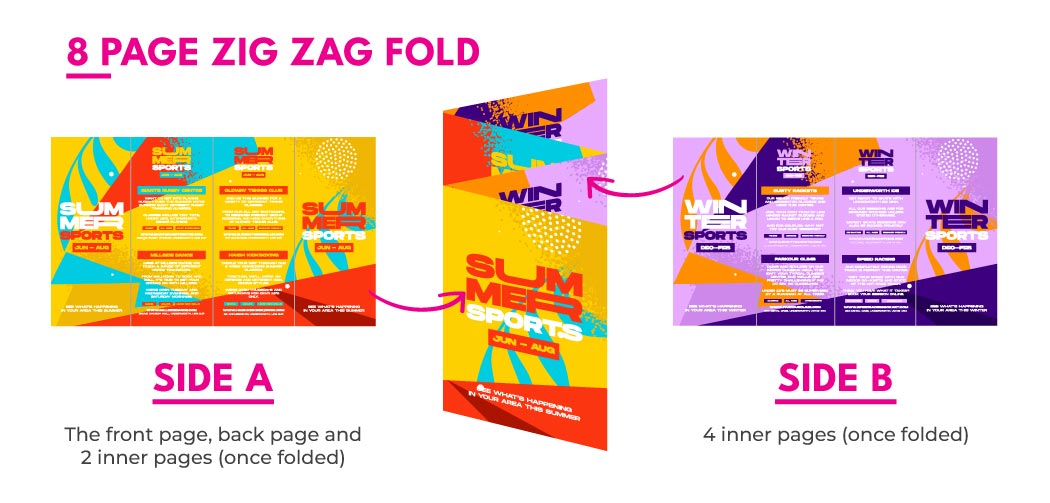
And with the 8 page, Side A includes the front page, the back page, and two of the inner pages. Side B shows all of the remaining inner pages.
Rollout With A Roll Fold
Now let’s hold the microscope over our roll fold flyers. The roll fold flyer, folds inwards onto itself, with one of the end panels becoming the innermost panel when everything is folded neatly together. As this flyers folds inwards, 2 of the pages are slightly smaller than the rest to allow the flyer to easily fold.
• Once folded, all pages do not have the same dimensions. 2 of the pages will always be slightly thinner than the remaining pages.
• Available in 6 pages and 8 pages.
• Landscape and portrait available.
• Two crease lines for the 6 page and three crease lines for the 8 page.
• Typically used for day-out leaflets and guides.

Unlike the zig zag fold, the number of pages does not affect the placement of Side A once the roll flyer is folded. Side A will always include the front and back cover, and Side B will always include the inner pages.
The Closing Act With Gatefolds
The last fold type we’re going to take a look at is the gatefold. What’s special about the gatefold is that two of the pages are designed to open out, almost like a pair of doors, to reveal the inner pages within.
• Once folded, all pages do not have the same dimensions.
• Available as an open gate fold or closed gate fold.
• Open gate folds have 6 pages, with 2 of the pages being twice the size of the remaining 4 pages.
• Closed gate folds have 8 pages, with 2 of the pages being slightly thinner than the remaining 4 pages to allow the flyer to fold.
• Only portrait available.
• Two crease lines for the open gate fold and three crease lines for the closed gate fold.
• Popular for wedding invitations and special event leaflets.

Regardless of whether you select the open or closed gate fold, Side A will always appear on the front cover and Side B will always be the inner cover.
Need A Little Assistance With Your Folded Flyers?
After reading through this post, you should hopefully have a better visual for all our different types of flyers. We understand that we can’t all be born folded flyer experts, which is why we have created a free guide which includes all our different fold types.
Or, alternatively, you can get in touch with our friendly team, who can talk you through each of our fold types and can help you to get the highest quality results from your printed designs.

 UK
UK FR
FR
